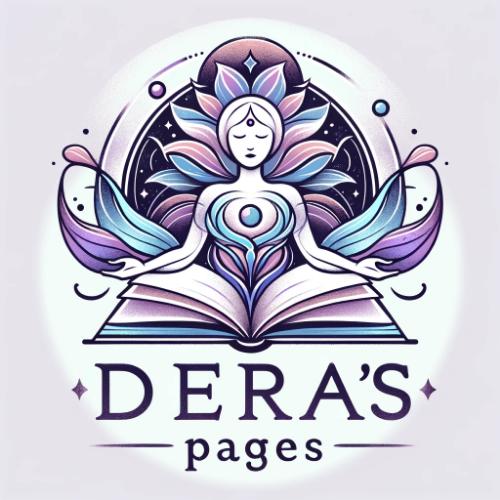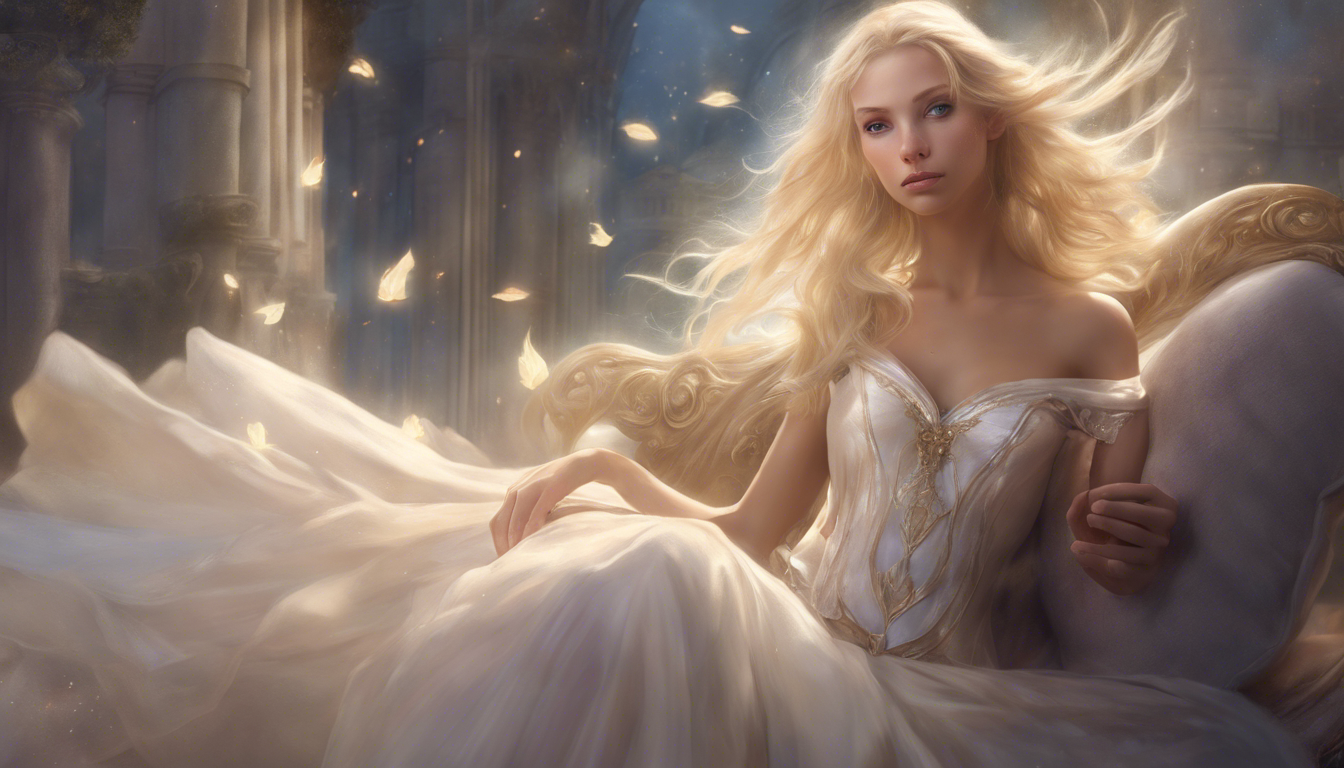Are blonde-haired princesses still captivating audiences in modern fairytales? This article explores the evolution of princess archetypes and questions their relevance in today’s society.
the evolution of the blonde-haired princess archetype

Blonde-haired princesses have long been a prominent figure in the world of fairy tales and folklore, representing beauty, purity, and innocence. Over the years, the depiction of blonde princesses has evolved, reflecting changing societal norms and values.
traditional blonde princesses
In traditional fairy tales, blonde-haired princesses were often portrayed as passive, delicate, and in need of rescue by a valiant prince. Characters such as Cinderella, Snow White, and Sleeping Beauty embodied the classic blonde princess archetype, with their long, flowing hair and angelic features.
modern reinterpretations
In recent years, there has been a shift in the portrayal of blonde princesses in popular culture. Strong and independent characters like Elsa from “Frozen” and Rapunzel from “Tangled” have challenged the traditional blonde princess stereotype. These empowered princesses are adventurous, resourceful, and capable of saving themselves.
diversity and inclusion
As diversity and inclusion have become increasingly important in media representation, there has been a push for more diverse portrayals of princesses. Blonde princesses are now depicted in various skin tones, body shapes, and cultural backgrounds, reflecting a more inclusive idea of beauty and femininity.
the future of blonde princesses
Looking ahead, the blonde princess archetype is likely to continue evolving to reflect the changing values of society. Princesses will become more multi-dimensional, with complex personalities and storylines that resonate with a modern audience. As empowerment and representation become key themes in storytelling, blonde princesses will continue to play a significant role in shaping the narratives of the future.
By exploring the evolution of the blonde-haired princess archetype, we gain insight into the cultural shifts and values that influence the portrayal of female characters in modern storytelling. Princesses are no longer just damsels in distress but are powerful, independent figures who inspire audiences of all ages and backgrounds.
challenging stereotypes in modern fairytales

in the realm of modern literature and film, princesses have long been associated with certain stereotypes and clichés. however, in recent years, there has been a notable shift in the portrayal of princess characters, challenging traditional gender roles and expectations.
redefining the princess archetype
princesses are no longer solely depicted as passive individuals waiting to be rescued by a prince charming. instead, they are portrayed as strong, independent, and capable of making their own choices. characters like merida from “brave” and moana from disney’s film of the same name exemplify this new wave of empowered princesses.
subverting beauty standards
another important aspect of princesses challenging stereotypes is the redefinition of beauty standards. modern fairytales often feature princesses who do not fit the traditional mold of delicate damsels in distress. characters like tiana from “the princess and the frog” and elsa from “frozen” celebrate diversity and individuality.
breaking free from romantic narratives
historically, princesses were often defined by their romantic relationships. however, contemporary fairytales are breaking free from this narrative structure. princess characters are now embarking on personal journeys of self-discovery and growth, focusing on their own ambitions and dreams. examples include rapunzel from “tangled” and anna from “frozen.”
empowering young audiences
by challenging stereotypes and offering more diverse and nuanced representations of princesses, modern fairytales are empowering young audiences to question societal norms and expectations. these stories encourage children, regardless of gender, to embrace their uniqueness and pursue their goals with courage and determination.
in conclusion, the evolution of princess characters in modern fairytales reflects a broader cultural shift towards inclusivity, empowerment, and authenticity. by challenging stereotypes, princesses are paving the way for a new generation of storytelling that celebrates diversity and individuality.
diversity and representation in fairytales
Fairytales have always been a staple of storytelling, captivating audiences young and old with tales of magic, adventure, and of course, princesses. These princess characters often serve as the epitome of grace, beauty, and royalty in the fantastical worlds they inhabit. However, the traditional portrayal of princesses in fairytales has often been criticized for its lack of diversity and representation. Let’s explore how modern fairytales are reshaping the narrative when it comes to princesses.
redefining beauty standards
In the past, princess characters in fairytales were predominantly depicted as fair-skinned, slender, and fitting a specific mold of beauty. However, contemporary fairytales are breaking away from these stereotypes and embracing a more inclusive approach to beauty. Princesses of different ethnicities, body types, and backgrounds are now taking center stage, sending a powerful message of inclusivity to readers and viewers alike.
empowering female characters
Princesses in modern fairytales are not just damsels in distress waiting for a prince to rescue them. Instead, they are portrayed as strong, independent, and empowered individuals who take control of their own destinies. These princess characters serve as role models for young audiences, inspiring them to be brave, determined, and resilient in the face of challenges.
embracing cultural diversity
Another significant shift in the portrayal of princesses in fairytales is the embrace of cultural diversity. Contemporary fairytales are incorporating elements from various cultures around the world, celebrating ethnic traditions, languages, and customs. This not only enriches the storytelling experience but also promotes cross-cultural understanding and appreciation among readers and viewers.
challenging gender norms
Princess characters in modern fairytales are also challenging traditional gender norms by breaking free from limiting conventions. They are redefining what it means to be a princess, showing that strength, courage, and kindness are not exclusive to any particular gender. By subverting stereotypes and embracing gender diversity, these princesses are paving the way for more inclusive and progressive narratives.
Princesses in fairytales are no longer just figures of fantasy and enchantment; they are powerful symbols of diversity and representation in storytelling. Through their evolving portrayals, princess characters are promoting inclusivity, empowerment, cultural appreciation, and gender equality. As modern fairytales continue to reshape the narrative landscape, princesses will undoubtedly play a crucial role in inspiring audiences to embrace the beauty of diversity in all its forms.
empowering messages for young readers
In children’s literature, princesses have long been a popular theme that captivates young readers around the world. While traditional princess stories often portray a damsel in distress waiting to be saved by a prince, modern narratives have evolved to offer empowering messages to young readers, especially girls. Through strong female characters, themes of independence, courage, and determination are woven into princess tales to inspire young minds.
redefining princess tropes
Princess stories are now breaking free from old stereotypes and embracing empowerment in various forms. Instead of relying on a prince to solve their problems, modern princesses are depicted as resilient and resourceful individuals who can navigate challenges on their own. By showcasing bravery, intelligence, and kindness, these characters teach young readers the value of self-reliance and perseverance.
embracing diversity and inclusivity
Today’s princess stories also celebrate diversity and inclusivity, highlighting characters from different backgrounds, cultures, and abilities. By featuring princesses with a range of skin tones, abilities, and ethnicities, these stories promote acceptance and foster a sense of unity among young readers. The representation of diverse princesses sends a powerful message that beauty and strength come in all forms.
lessons in kindness and compassion
Princess stories often emphasize the importance of kindness and compassion towards others, promoting values of empathy and understanding. Through acts of generosity, friendship, and forgiveness, young readers learn valuable lessons in empathy and the impact of their actions on those around them. By showcasing princesses who prioritize kindness, these stories encourage children to cultivate a caring and considerate attitude towards others.
encouraging dreams and ambitions
Beyond traditional fairy tale endings, modern princess stories inspire young readers to pursue their dreams and ambitions with determination and resilience. By depicting princesses who are adventurous, creative, and ambitious, these narratives encourage children to set goals, overcome obstacles, and believe in their potential. Through the triumphs and struggles of princess characters, young readers are motivated to chase their dreams with confidence and perseverance.
Overall, princess stories offer more than just magical kingdoms and royal balls; they provide young readers with empowering messages that resonate long after the final page. By presenting princess characters as strong, diverse, and compassionate individuals, these stories shape the way children perceive themselves and others, fostering a generation of empowered and empathetic individuals.
reimagining traditional fairytales with a modern twist
Fairytales have long held a special place in our cultural imagination, often centered around the stories of princesses and their fantastical journeys. These traditional narratives, passed down from generation to generation, have recently undergone a renaissance with a modern twist, breathing new life into timeless tales.
empowering princesses for a new generation
In the past, princess characters were often depicted as damsels in distress, waiting to be rescued by a prince. However, contemporary retellings of these stories have transformed princesses into strong, independent heroines who take control of their own destinies. By showcasing bravery, intelligence, and determination, these modern princesses serve as empowering role models for a new generation of readers and viewers.
diversity and inclusivity in princess narratives
Another notable shift in modern princess retellings is the emphasis on diversity and inclusivity. Instead of adhering to traditional Eurocentric standards of beauty, contemporary princesses come in all shapes, sizes, and ethnicities. By celebrating differences and showcasing a wide range of backgrounds, these revamped fairytales promote acceptance and representation for all individuals.
subverting stereotypes and gender norms
Traditional fairytales often reinforced gender stereotypes and societal expectations, portraying princesses as delicate and passive characters. The modern twist on these narratives challenges these outdated norms by subverting gender roles and showcasing princesses who are bold, assertive, and unafraid to challenge the status quo. By breaking free from conventional constraints, these updated stories inspire readers to question and redefine traditional notions of femininity.
embracing technology and innovation
With the advent of technology and the digital age, modern princess narratives have embraced innovation to create immersive storytelling experiences. From interactive e-books to augmented reality games, these adaptations utilize cutting-edge technologies to engage audiences in new and exciting ways. By merging traditional storytelling with modern tools, these reimagined fairytales captivate readers and bring the magic of princess adventures to life in unprecedented ways.
In conclusion, the reimagining of traditional fairytales with a modern twist has breathed new life into beloved princess narratives, offering fresh perspectives and empowering messages for audiences of all ages. By embracing diversity, subverting stereotypes, and leveraging technology, these revamped stories pave the way for a more inclusive and dynamic storytelling landscape, where princesses reign supreme as fearless champions of change and progress.


Article written by Dera
Greetings, I am Dera, a 35-year-old individual with a deep passion for spirituality. Through my website, I aim to share my insights and knowledge to help others on their spiritual journey. Join me on the path to inner peace and enlightenment.